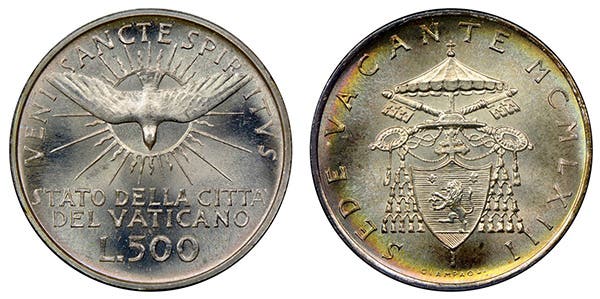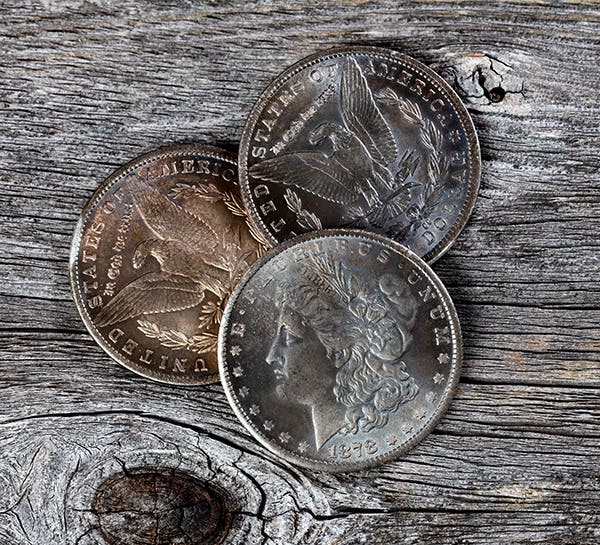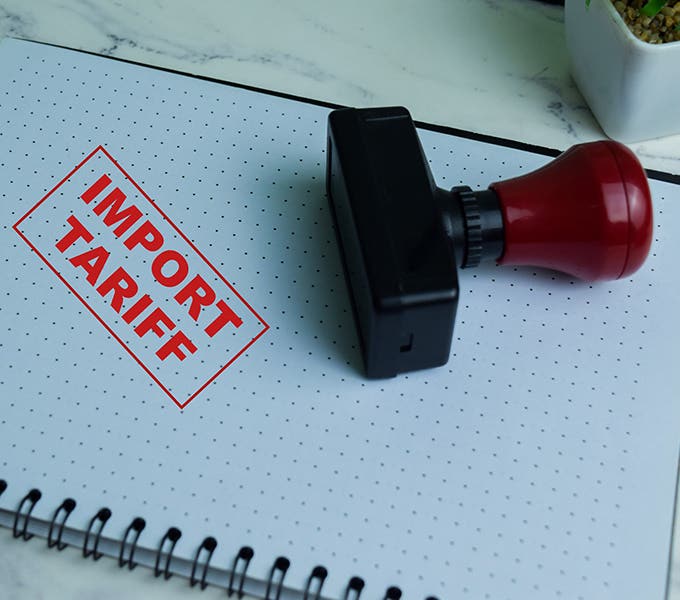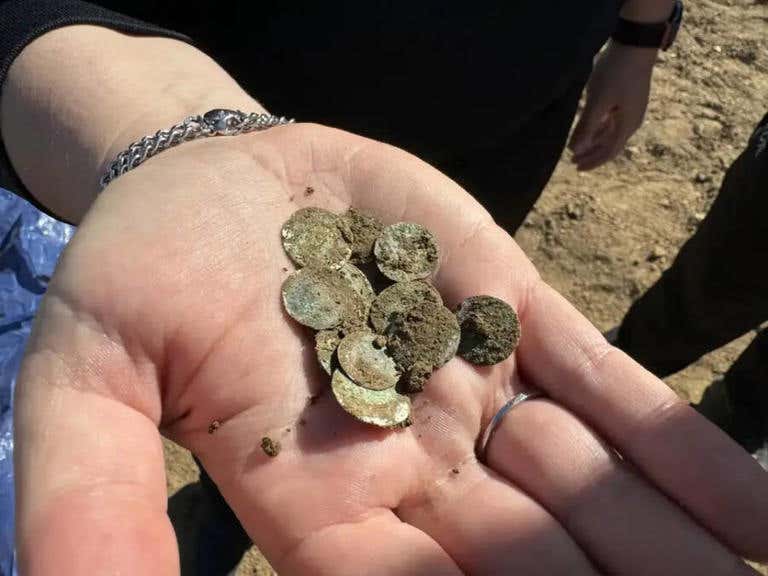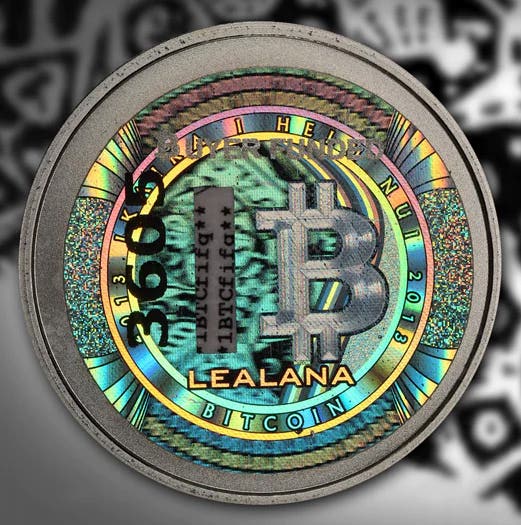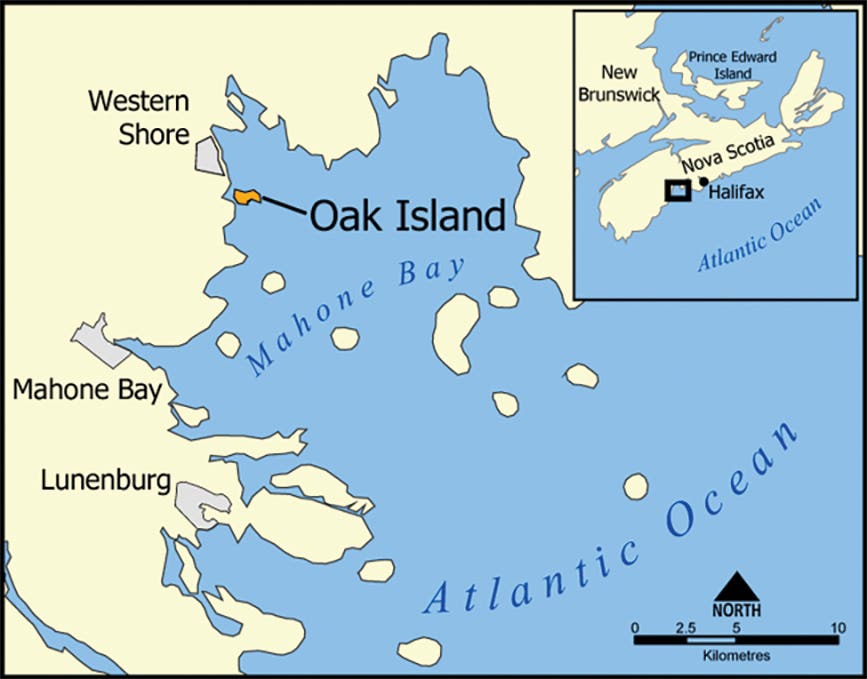Coin Clinic: Bag marks affect Morgan dollar grade
How can I determine which Mint State grade my uncertified Morgan dollars are in?
By Richard Giedroyc
How can I determine which Mint State grade my uncertified Morgan dollars are in?
Morgan silver dollars were typically transported in bags. For this reason Mint State examples were in contact with each other, resulting in contact or bag marks. The severity and the number of contact marks determine the Mint State grade of the coin. Since the Morgan dollar has a large open obverse area (the cheek and the field to the left of the bust) contact marks are particularly obvious on this coin.
Is there an active market in Bicentennial exonumia originating from the U.S. Mint?
The Bicentennial market appears to be thin, with little interest being generated either by dealers or by coin collectors. This is one of many instances where at the time something was being issued there was collecting interest, only to see that interest wane after production ceased and there was nothing new to look forward to.
Is there a market for Centennial medals issued by the U.S. Mint?
When the Bicentennial celebration ended there were people who speculated the interest in Bicentennial coins and medals would be resurrected at the time of the Tricentennial in 2076. No one appears to have noticed there was no resurrection of interest in Centennial medals at the time of the Bicentennial. This remains an area of specialization only pursued by a small group of collectors.
Where can I find information on what was made by the Mint for the Centennial celebration?
There are websites at which Centennial medals of the US Mint are sold. Likely your best source in hard copy is R.W. Julian’s book Medals of the US Mint, the First Century. Julian numbers are usually associated with these medals.
Where can I find what non-coin objects the U.S. Mint is now selling?
The U.S. Mint lists all products it is selling at its website: www.usmint.gov.
Is there a catalog listing presidential inaugural medals made at the Mint?
You can view a catalog listing of these medals at www.inauguralmedals.com/Inaugurals/Index.htm. The website belongs to H. Joseph Levine, who at the site says, “Throughout the years, a wide variety of mementos have commemorated the inaugural. However, since the second inauguration of William McKinley in 1901, one item seems to have had the most significant and recurring appeal – the official inaugural medal.”
What is a good magnification power to use when grading coins?
Most experts suggest nothing more than 10-power magnification for grading coins. Defects found on coins using 20-power or greater are usually not significant. Most coin authentication likewise can be done with 10-power magnification, although more power might be good to use when you are first learning to authenticate.
Who designed the 1926 Sesquicentennial commemorative half dollar?
Not as simple a question as it sounds. The standard reference works attribute the design to Mint Chief Engraver John R. Sinnock, but Don Taxay cites proof (original drawings in the National Archives) showing that it is the design of John Frederick Lewis. It’s a bit of unresolved controversy and one of at least two designs (the other the Roosevelt dime) where Sinnock apparently used the designs of other artists.
Any idea how many different U.S. transportation tokens are known?
An outdated source indicates 5,500, so my guess would be that a figure around 6,000 would be safe. Specialists in the field may use a different number.
E-mail inquiries only. Do not send letters in the mail. Send to Giedroyc@Bright.net. Because of space limitations, we are unable to publish all questions.
More Coin Collecting Resources:
• Order your 2013 Yellow-Bellied Sea Snake Coin Settoday!
• IT’S HERE! Order the 2014 North American Coins & Prices.
• Get the 2012 Coin of the Year – limited quantities remain!
• See what guides and supplies our editors recommend for keeping up with your collection.



